Adventure Travel
Living in the world’s most dangerous city
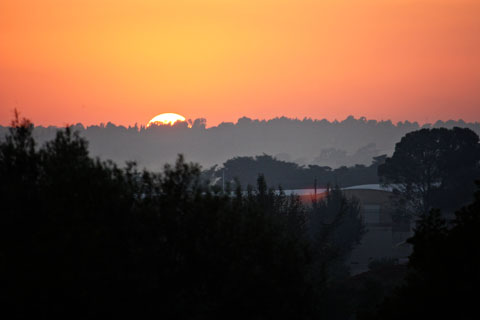
Photo by Eva Melusine Thieme
Our family lived in Johannesburg, South Africa, from 2010 to 2012. When people ask what it was like, the first topic that invariably crops up is crime. It’s the Eiffel Tower for Paris, the Golden Gate Bridge for San Francisco, and Roadside Smash-and-Grab for Johannesburg. Yes, there is a reason why tourists are urged to exercise caution in South Africa, but the alarming reports one often finds online are vastly overblown.
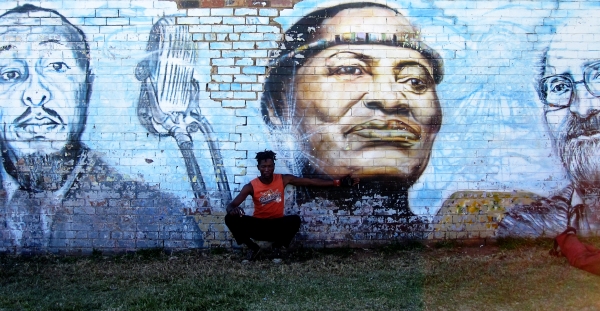
Photo by Eva Melusine Thieme
If you’ve lived in Johannesburg—fondly called Joburg or Jozi by the locals—you won’t leave with the crime rate foremost on your mind. You’re more likely to remember, with a sweet pang of regret, the weather. Johannesburg has the world’s best climate; mild, dry, and never humid, with an incredible 300 hours of average sunshine per month. From early morning, when you’re awoken by the screech of the Hadada Ibis, a bird with a blood-curdling call, until evening when the vivid oranges and pinks of the African sunset paint the sky, the sun shines as reliably as, well – as reliably as traffic lights work in places other than Johannesburg. Actually, they are not traffic lights but robots, as South Africans inexplicably call them.
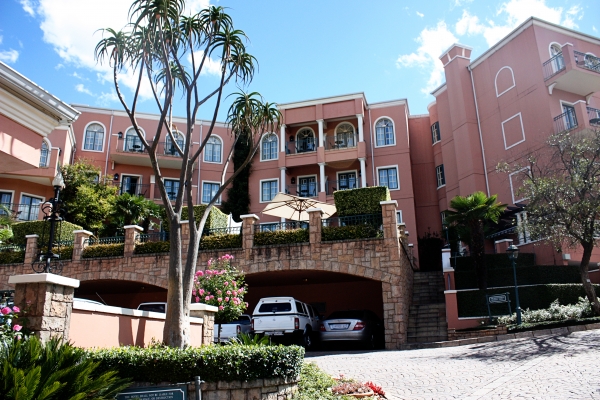
Photo by Eva Melusine Thieme
Joburg’s sunny climate seems to seep into its people’s souls, making it the world’s friendliest city. You are much more likely to be helped by a complete stranger than have your car broken into. You’re lavished with smiles and jokes wherever you go. You’ll make friends faster than you ever have before, and you’ll spend inordinate amounts of time gathering with those friends around the braai, South Africa’s glorious perfection of the art of barbecue, combining their love of meat and Chardonnay with great conversation.
If there is one thing to fear about Johannesburg, it would be its traffic. Public transport is almost non-existent, and vast fleets of overcrowded, ill-maintained, and largely unregulated minibus taxis take up the slack. The aforementioned perpetually malfunctioning robots do their part in further strangling the city’s main arteries to slow you down to a crawl most hours of the day.
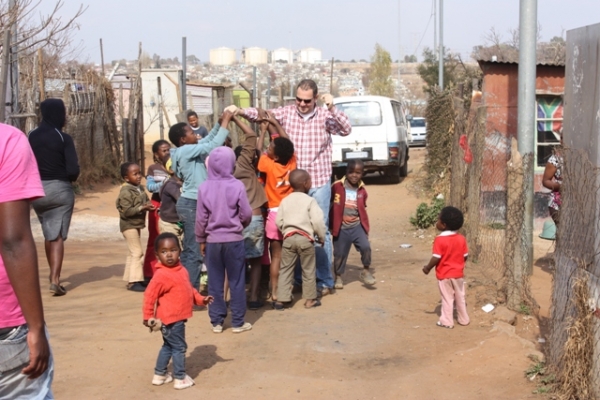
Photo by Eva Melusine Thieme
There is a lot to do and see in Johannesburg. If you’re interested in culture and history, must-see stops are the Apartheid Museum, Liliesleaf Farm, and the Hector Pieterson Memorial in Soweto. If you have children, you may opt for Gold Reef City instead, an amusement park that has it all—from Kiddies Corner, to the Tower of Terror, where you plunge headfirst into an old mineshaft. When in Soweto, make sure you visit the iconic landmarks of Mandela House, Walter Sisulu Square, and Regina Mundi Church.
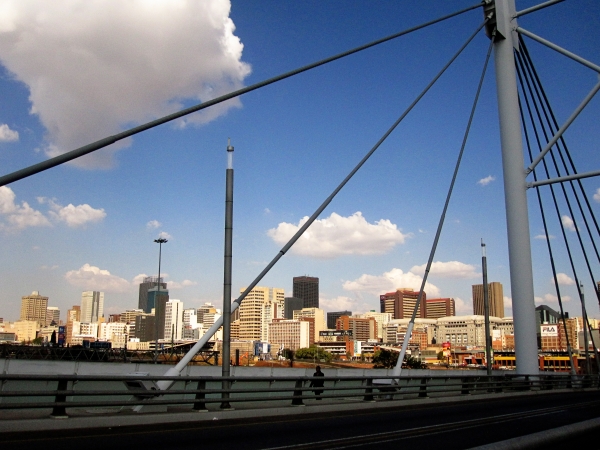
Photo by Eva Melusine Thieme
If you like shopping, Sandton City is the place for you. It’s one of the largest (and totally confusing) shopping centers I have ever seen. While there, be sure to step onto Mandela Square and take a selfie at the giant bronze statue of Nelson Mandela. If it’s a Sunday, pay a visit to the Rosebank Rooftop Market to browse for antiques and African artifacts while sampling ethnic foods and watching breathtaking dancing and a capella performances. In the leafy Northern suburbs of Johannesburg, home to wealthy locals and a large expat community, you can walk on the cobblestone streets of Montecasino, an indoor faux Tuscan shopping and entertainment complex offering quaint stores, restaurants, movie theaters, a casino, bowling alley, comedy club, and the Teatro, where many big name performances premiere in South Africa.
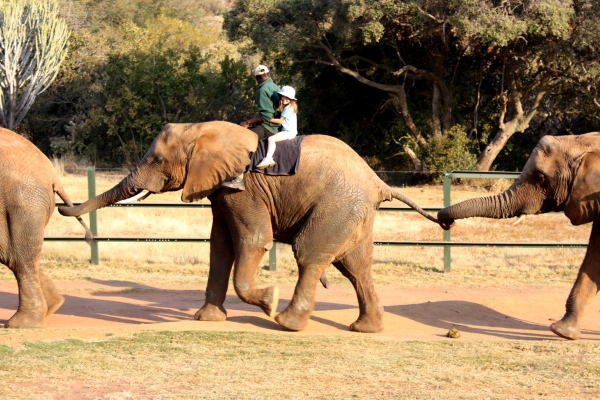
Photo by Eva Melusine Thieme
If you’re a nature and animal lover, escape the hustle of the city to Joburg’s surroundings where you can ride on an elephant (or be kissed by one), at the Elephant Sanctuary. Pet cheetahs and watch them run at the nearby Ann Van Dyk Cheetah Centre at De Wildt, hurl yourself into the void on a canopy tour in the Magaliesberg mountain range, and self-drive through Pilanesberg National Park to see the Big Five in their natural habitat.
While Joburg might pale in comparison to its glitzier cousin Cape Town in terms of world-class restaurants, it nevertheless offers countless options for high quality, yet affordable dining. And while it can’t compete with the view from Table Mountain, a drive to its highest point, Northcliff Hill, rewards you with panoramic views of the city skyline. If you’re adventurous, you can go off the beaten track on a graffiti walking tour, join the Joburg Photowalkers on a Sunday, or find a guide taking you into Alexandra, Johannesburg’s oldest (and most infamous) township.
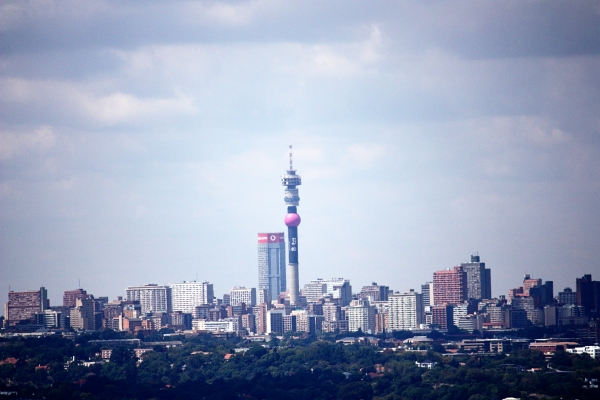
Photo by Eva Melusine Thieme
What strikes most visitors is Johannesburg’s youth and vibrancy. Having only been founded in the late 19th century after the discovery of gold on the Witwatersrand, it has managed to retain an air of perpetual youth while constantly remaking itself. It is also one of the greenest cities in the world, lending its neighborhoods a park-like air despite the semi-arid climate. Johannesburg is the largest city in Sub-Saharan Africa, it is home to Hillbrow Tower, the tallest tower in all of Africa, and it produces almost half of the world’s gold.
Paradoxically, the Johannesburg area can also be considered the world’s oldest human habitation. It is known as the Cradle of Humankind, home to over half of the world’s humanoid fossils including “Mrs. Ples,” one of the most perfect pre-human skulls ever found.
Yes, visitors should be careful and sensible while touring Johannesburg, especially at night and in unfamiliar places, much like any metropolitan area. Some people make a point of not stopping their cars at red lights at night (which, you might recall, are likely not working anyway). Residents who can afford it live in fenced-in estates with round-the-clock security and frequent shopping centers with guarded parking.
But you should never veer too far on the side of caution. Some of my most memorable experiences in Johannesburg occurred when I stepped out of my comfort zone and into places I was warned to never visit.
Remember this: The biggest fear for most expats living in Johannesburg isn’t crime. Rather, it’s the fear of being sent back home one day and having to give up the best life they’ve ever known.



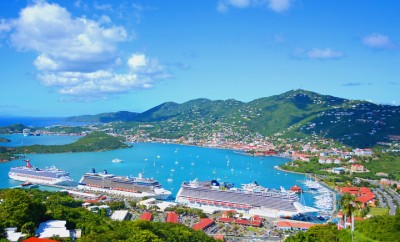

28 Comments